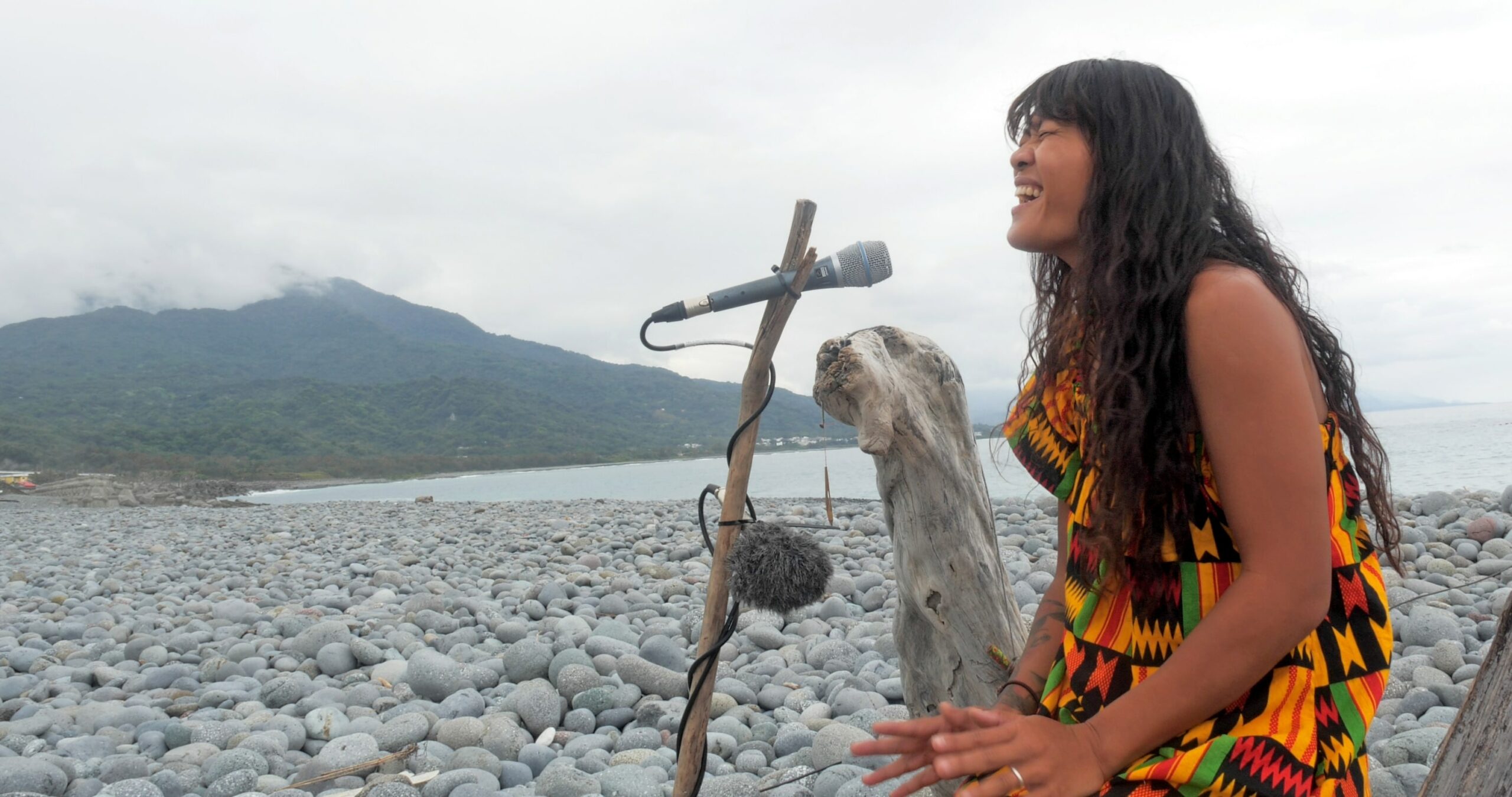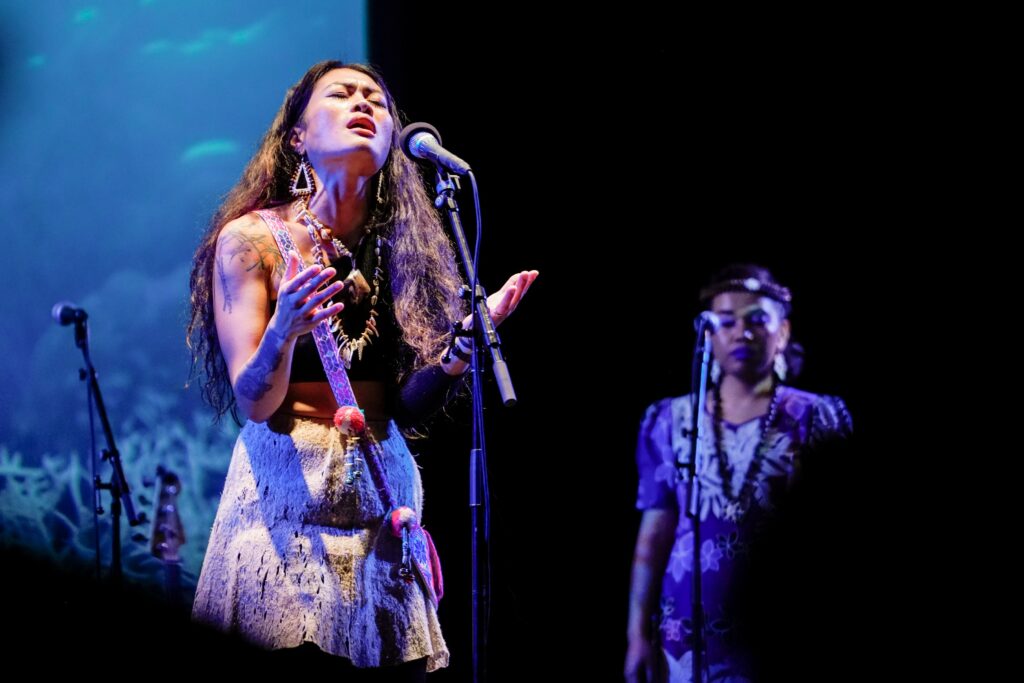
Following the previous article on introducing the indigenous musical project Small Island Big Song, we invited BaoBao and the main characters of Europe and America concert tours, Putad, as the lead singer of band OUTLET DRIFT, to share with us the development of the project Small Island Big Song, and how to continue to maintain cross-domain cooperation in the post-epidemic era, also the valuable online and offline tandem experience with artists from various islands during the production and tour.
Q1: From music releasing to video producing, and the four-months long Europe, America tour are all successful results. Can you share with us about the positioning of the Small Island Big Song project?
BaoBao: We hope to take music as its starting point. To build a modern Austronesian life cycle through songs, videos, and even road tours together. As we made our first album, every time we went to an island country to meet musicians, we would ask the musicians to take us to the places where they wanted to record and shoot. Interestingly, the locations are always in nature.
After recording, we brought the materials to the next island, letting the musicians listen and then overdubbed the vocal lines or instruments layer by layer. Eventually, after post-production from Tim, they co-created songs that happened in Austronesian Island countries.
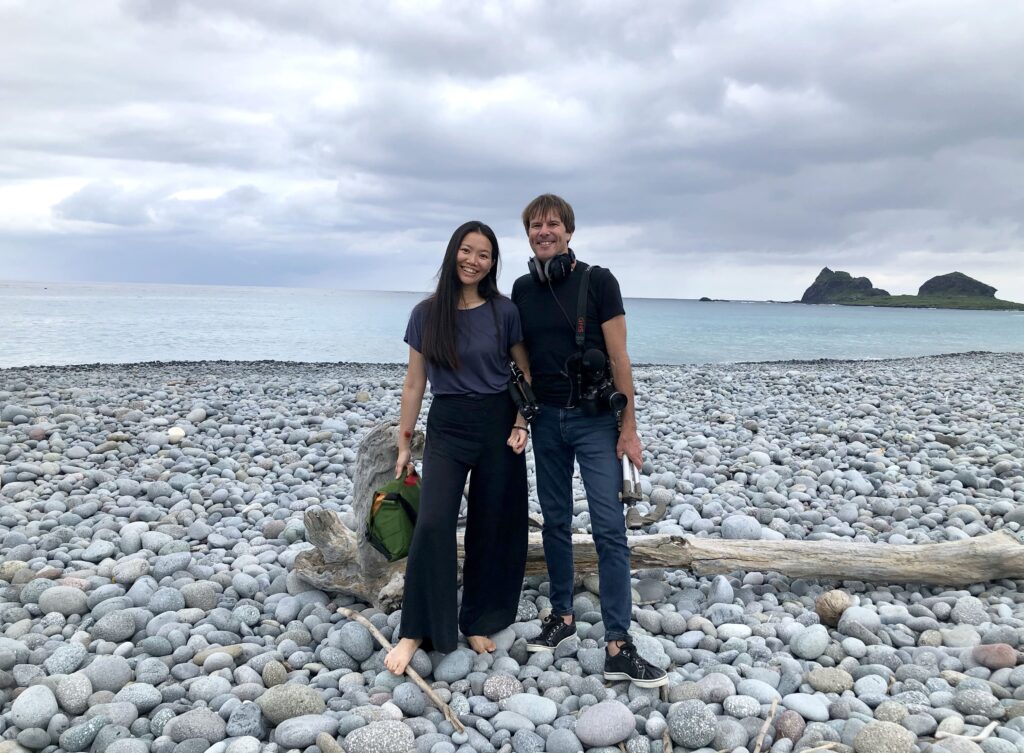
Q2: Small Island Big Song focuses on ocean and Austronesian culture, to present the co-creation art from Taiwanese and other island indigenous musicians, rather than focusing on Taiwanese Music. Can you share one of the reasons for this project planning?
BaoBao: How to distinguish music from Taiwan or South Korea? How can Taiwan’s music be defined outside the Mandopop realm? I think that the connection between the indigenous people of Taiwan and the Austronesian culture of the Pacific and Indian Ocean Island countries is a good story that distinguishes Taiwan from other Asian countries. Then bring it to the international stage.
Indigenous music is spring booming in Taiwan and has become a big industry, but there are very few Taiwanese aboriginal musicians who can stand under the spotlight in the international stage and achieve international influence.
Lauren Laverne, a popular BBC radio presenter in Europe – who is also the artistic director of colors of Ostrava, one of Europe's largest music festivals. After listening to our music, after watching our performances, she proudly told the world that "Taiwan is definitely the root of the Austronesian Island countries"!
Easter Island musicians who participated in the project also once said: "This is not a general music project, it is the same root of our ancestors and cultures when we sing together."
As for me, this is the core of the Small Island Big Song, and we're going to trace back to the rooting connection.

Q3: There are musicians from the Indian Ocean, the Pacific Ocean and even Hawaii and Easter Island to participate in the Small Island Big Song project. How did you approach and contact them? Have there been any encounters that have particularly impressed you?
BaoBao : During the recording and filming of the first album, the Hawaiian musician, Kekuhi Kealiikanakaoleohaililani told us, "If you want to film, I only film in one of the craters of Mount Mauna Kea on Hawaii Island." On another occasion, Madagascar Vezo indigenous musicians who lived in places where planes and vehicles hardly reach, so we sailed for three days to meet him. We also once chartered an "Air Taxi" to go to the outlying islands of Vanuatu to find musicians who needed to leave their homes because of sea-level rise. We reach them to record and shoot.
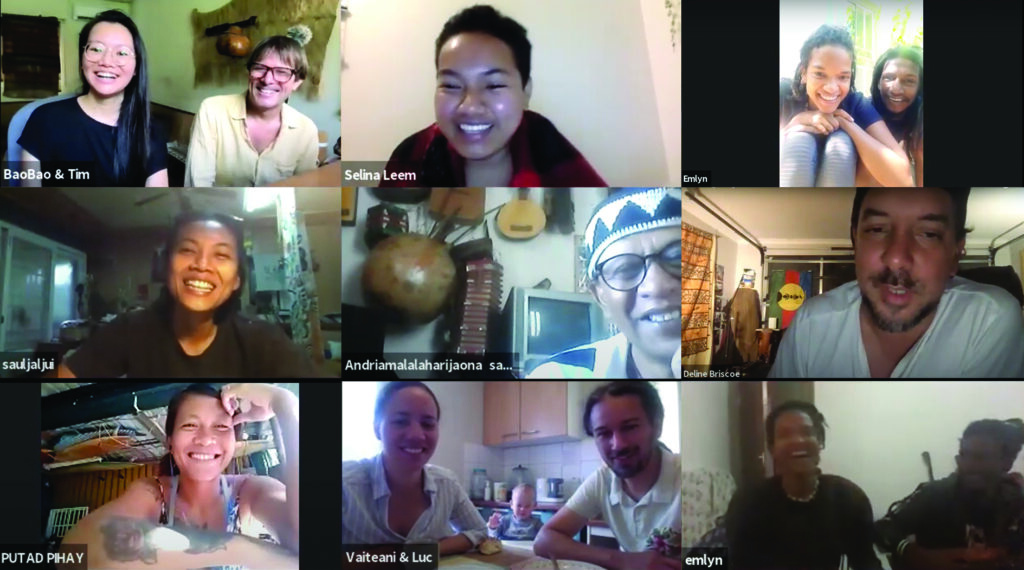
Q4: Small Island Big Song and Our Island, both albums contain songs co-created by musicians from each island, how do you deal with these communication, co-creation and remote cooperation? And how do you convene those artists?
BaoBao: The first album was an island-hopping production. The second album, Our Island, was produced in an opposite approach. Due to the epidemic influence, we arranged remote video every two weeks, so that musicians can discuss each other's creative ideas, musical elements, and life sharing. To complete the song, we record the demo then send it to each musician, gradually adding more musical elements layer by layer. Because we are already very familiar with the instruments and musical styles of the Austronesian Island countries, as a music producer, we will also invite more musicians to play and stack different instruments layer with musical elements while recording and mixing.
We did two years of world tour in 2018 and 2019, and we also saw the most touching part of the Small Island Big Song project. It was the process of touring, where we live and communicate together. To be honest, when we had the idea of the second album, it was almost a synchronous planning the Europe and America tour. For example, Putad and Emlyn, both of whom are newly joined musicians, I remembered that because of the pandemic, they could only sing together through remote video, and they still could make the song "Listwar Zanset".
Q5: How do you tailor a tour or the rehearsal for musicians from all over the world?
BaoBao: Small Island Big Song is a group, a plan, mainly concentrated on large music festivals, also we were not restricted to "world music". I have mentioned that Czech Colours of Ostrava is a large mainstream music festival in Eastern Europe; Førde Festival is the biggest world music festival in Northern Europe, SXSW in the United States, as well as Taiwan, Australia and so on. It is hard to use “tailor” to present the deep meaning of Small Island Big Song project.
I still remember in 2019, we went to a music exhibition, and I chatted with a passerby about why we want to do these Austronesian Island, sea level rise, climate change issues. I was thinking if these topics might be too boring for a stranger, instead, the more she listened to it, the more interested she was. Eventually, we found out that she is a vice president of an American agent company. She was very interested in these kinds of cultural stories, then she took us personally to a whole completely different music industry.
We spent three years approaching curators or directors of American universities and performing arts centers to talk about our plans. To plan trips from 3 days to a week based on their fundings and expectations. Besides introducing the Small Island Big Song, itself, the lecture also features on topics about Indigenous women and the history of the Austronesian Island, also discusses how to exert influence as a musician to improve climate change.
We also have dance and instrument workshops, with documentaries being played, and the customized event – The last night is our highlight – the performance of the Small Island Big Song.
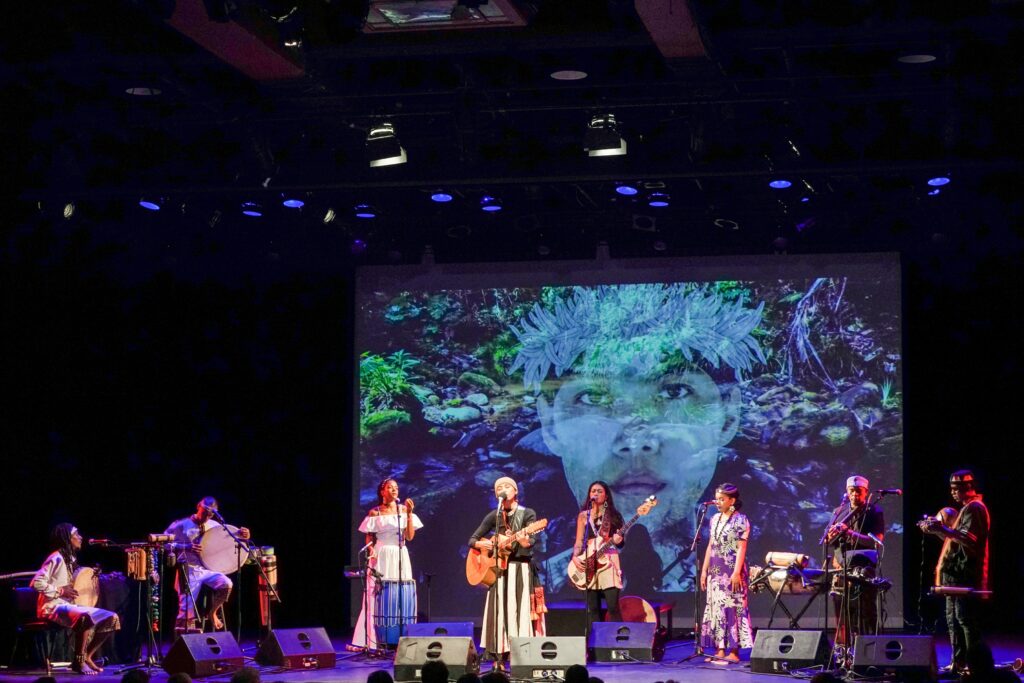
Q6: Compared with the experience of the tour before and after the epidemic, is there any difference in implementation? How has your observations and actual experience changed since you arrived at the scene? What kind of communication with local organizers or audiences?
Putad: When we first arrived in America, we spent two weeks meeting with musicians and rehearsing together, because we just didn’t know what exactly we wanted to present. But when we got very familiar with each other, we started jamming the music. Surprisingly, we found out there is no need for a word to say. Though we came from different countries with different backgrounds, when we make music and jam together, we realize how close we are, we are so connected to each other. The more we close the more personalities, ways, and styles being created.
BaoBao: I remembered that on the day I arrived in the United States, the number of confirmed cases (COVID-19) was 1,000,000, which was also the peak of the entire Omicron. Before we decided to depart, there were musicians who wanted to quit. We spent a lot of time convincing everyone and coming up with careful measures. In fact, everyone wants to go and play music with local musicians, and enjoy 100% joy without the interference of the epidemic. But there are still some restrictions, such as maintaining 1.5 meters distance.
It wasn't until the 3rd month of the end of the U.S. tour that any of us were diagnosed, which is incredible. Although more and more musicians were in the quarantine, the musicians took great care of each other. They were also very understanding of the situations. The tour also focused on local Indigenous groups, such as interacting with the owners of traditional fields, who welcomed us to their land and gave us the opportunity to perform and share. The other point is to work with local young people on climate, indigenous, environmental or women's issues through different forms of collaboration via poetry, composition, sign language and even the whole class.
Putad: The most impressive one was the special education high school. The students there treated us seriously, warmly, and very excitedly. When we're singing and dancing, they just want to be with us. I saw them and thought they're just normal people, there's nothing different. Many of the students were also crying because they saw us crying. I truly wanted to ask them about reviews, but because everyone was concerned about the epidemic, we didn't talk about it. But they all told BaoBao privately that they could feel that we (the musicians) had a deep connection on stage.
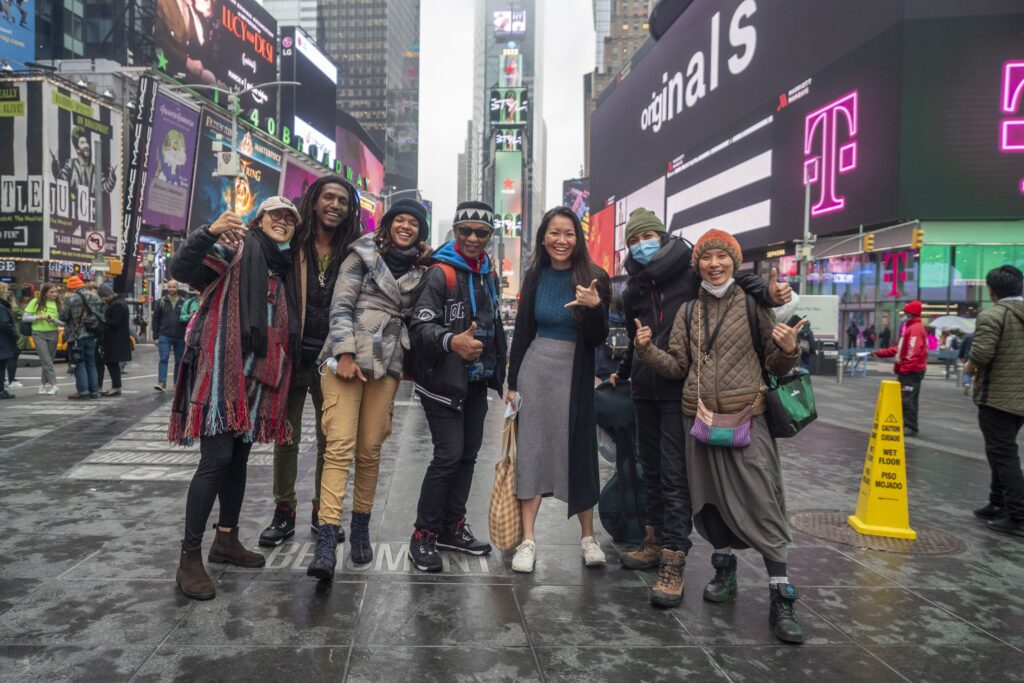
Q7: What do you think of Taiwan's indigenous music and what’s the missing or needed factors in this market?
BaoBao: Although there are many great musical works in the Indigenous music industry in Taiwan. However, the lack of relevant tour, international distribution, international music criticism exposure strategy after releasing the album, also coupled with the language barrier, although there is a certain exposure in Taiwan, it still cannot get into the international market.
You can listen to Small Island Big Song & Our Island at below
